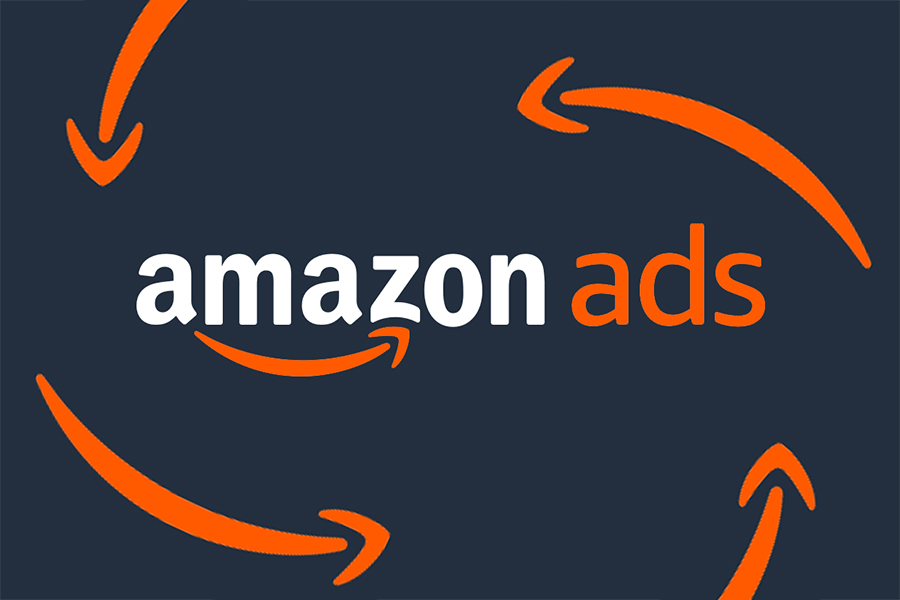In the rapidly evolving landscape of technology, the integration of artificial intelligence (AI) and automation platforms has become essential for small and medium-sized business (SMB) leaders. These tools can enhance efficiency, optimize processes, and drive growth. However, the challenge lies in selecting the best tool that aligns with organizational objectives. This article analyzes the strengths, weaknesses, costs, ROI, and scalability of notable AI and automation platforms, specifically focusing on Make vs. Zapier and OpenAI vs. Anthropic.
Make and Zapier both stand out as leading automation platforms. Zapier, recognized for its wide-ranging app support, has garnered a reputation for being user-friendly and quick to deploy. Although it has an established ecosystem of over 3,000 applications, its primary strength lies in its simplicity. This ease of use comes with a trade-off; advanced automation capabilities can be complex and, at times, restrictive for businesses with more intricate workflows.
Conversely, Make prides itself on offering greater flexibility. It allows users to create more sophisticated workflows and integrations, particularly for businesses that require layered automation processes. However, this increased flexibility can come at the cost of a steeper learning curve, which can pose challenges for teams with limited technical expertise. Both platforms offer tiered pricing structures, yet the true cost of ownership involves evaluating how well each platform meets specific automation needs.
In terms of return on investment (ROI), both tools can deliver significant benefits. Businesses using Zapier typically see faster onboarding and a reduction in time spent on repetitive tasks. This can translate into immediate cost savings. Make, however, offers a higher potential ROI for organizations that require complex workflows, as the time saved on handling intricate tasks can compound over time. Therefore, the decision often hinges on the complexity of the processes that need automation.
Scalability is also a critical factor; as organizations grow, so do their automation requirements. Zapier scales well for many SMBs but may face limitations as businesses expand into more sophisticated operational frameworks. Make is inherently built for scalability, accommodating more complex transactions and integrations without necessitating a complete reconfiguration of existing systems.
When contrasting OpenAI and Anthropic, both are critical players in the field of generative AI but cater to distinct market needs. OpenAI is known for developing robust language models such as GPT, which can be leveraged for a variety of applications including content generation, chatbot functionality, and more. Its versatility is an essential asset for organizations focusing on diverse applications of AI. However, the generalization of its model may lead to performance variability based on the specific context.
On the other hand, Anthropic stands out by emphasizing safety and ethical AI development. The company focuses on designing AI systems that are interpretable and aligned with human intentions. While this approach may initially appear limiting in terms of versatility, it can be especially beneficial for businesses that prioritize responsible AI use and seek to mitigate risks associated with AI deployments.
When analyzing costs, OpenAI’s pricing model is generally usage-based, which may result in unpredictable expenses, especially for small organizations. Anthropic’s pricing structure, while not as widely publicized, can also be viewed as a premium due to the emphasis on safety and alignment. Consequently, SMB leaders must weigh their organization’s risk tolerance against these costs.
ROI for AI initiatives should also consider not only cost savings but also value creation. OpenAI can drive efficiency and augment productivity across different departments, such as marketing, customer service, and operations, potentially leading to significant revenue increases. Anthropic, with its focus on safety, may contribute to creating trust in AI interactions, which can enhance customer relations and brand loyalty.
In terms of scalability, OpenAI’s architecture can adapt as businesses grow, and the vast array of applications ensures that organizations can leverage AI across different sectors. Anthropic’s robust safety mechanisms can also scale, allowing for broader applications without compromising ethical considerations.
In terms of final recommendations, businesses wanting to streamline straightforward processes often thrive with Zapier, while those managing multifaceted automation requirements can gain more from Make. OpenAI is generally a suitable choice for organizations looking for versatile AI applications, while those prioritizing ethical AI should consider Anthropic.
In conclusion, the selection of an AI and automation platform hinges on an organization’s unique needs and growth trajectory. Assessing strengths, weaknesses, costs, ROI, and scalability within the context of specific business goals will lead to informed decisions that drive efficiency and effectiveness. FlowMind AI Insight: As SMBs increasingly rely on automation and AI technologies, understanding the strengths and limitations of various platforms will become paramount in achieving sustainable growth and maintaining competitive advantages in the evolving market landscape.
Original article: Read here
2025-09-15 12:00:00

